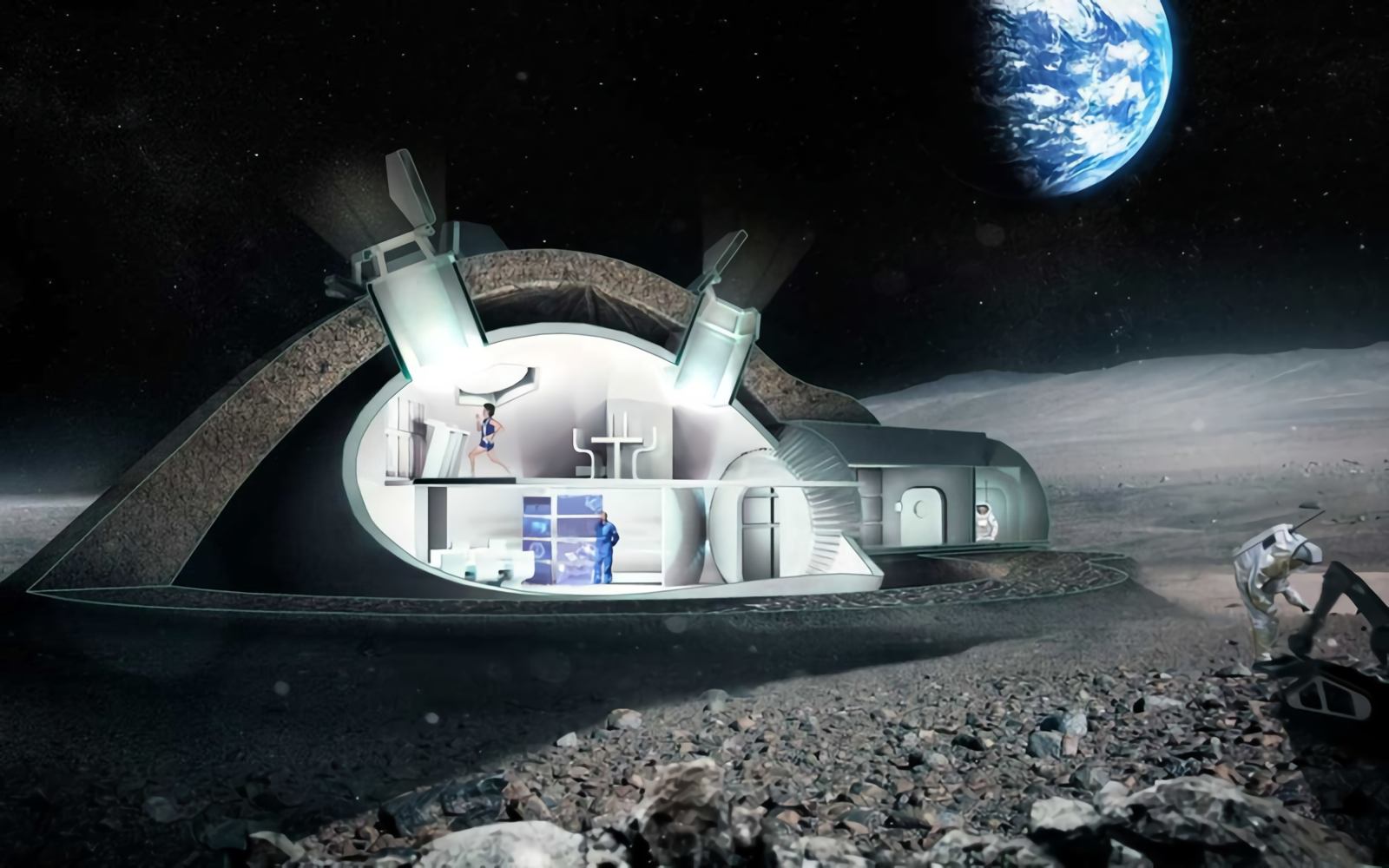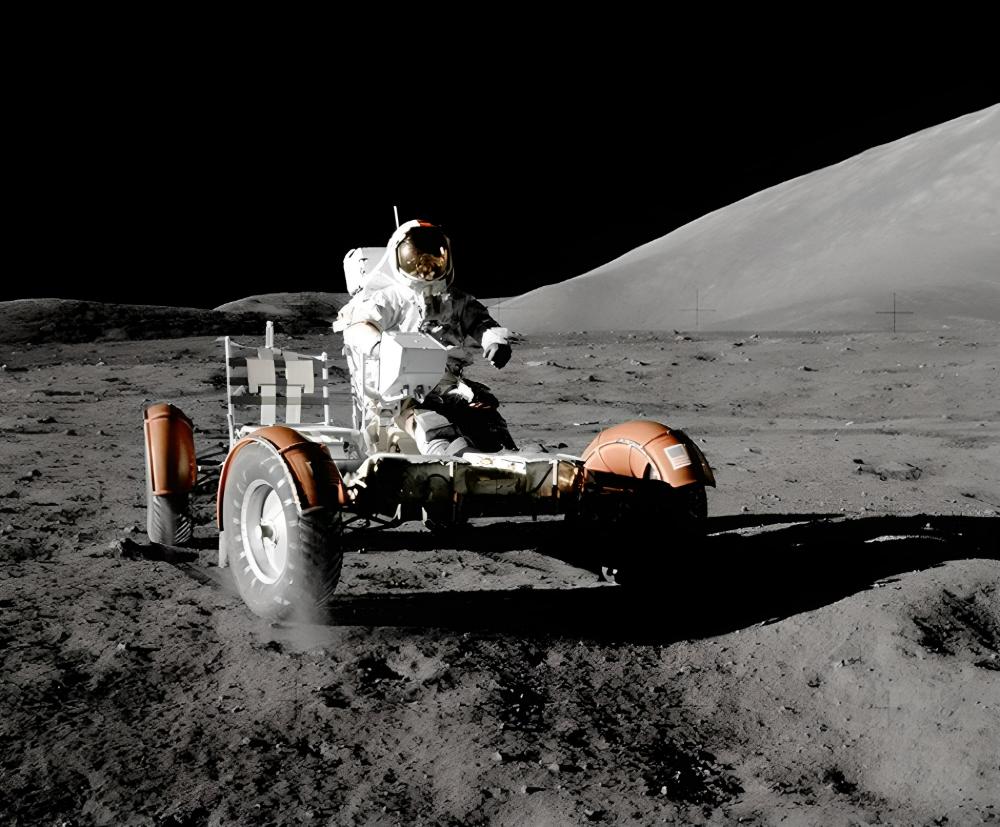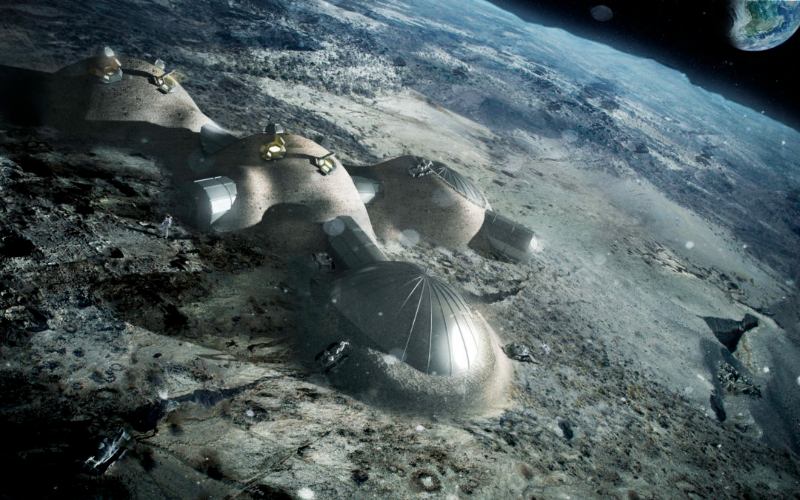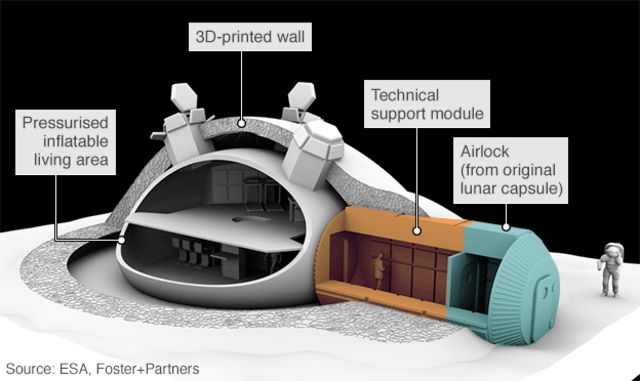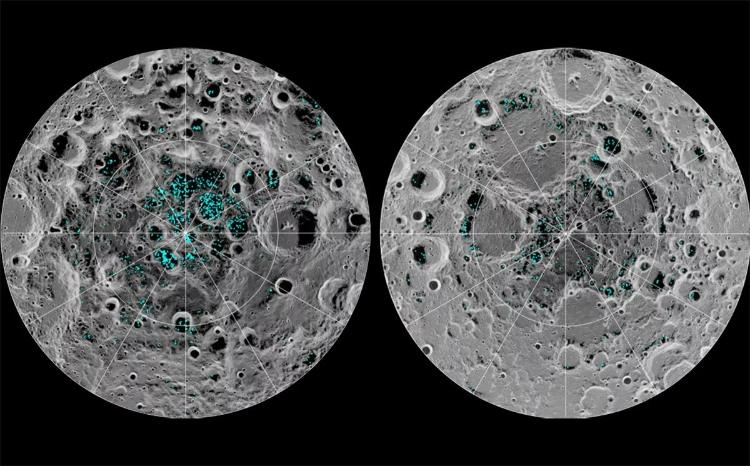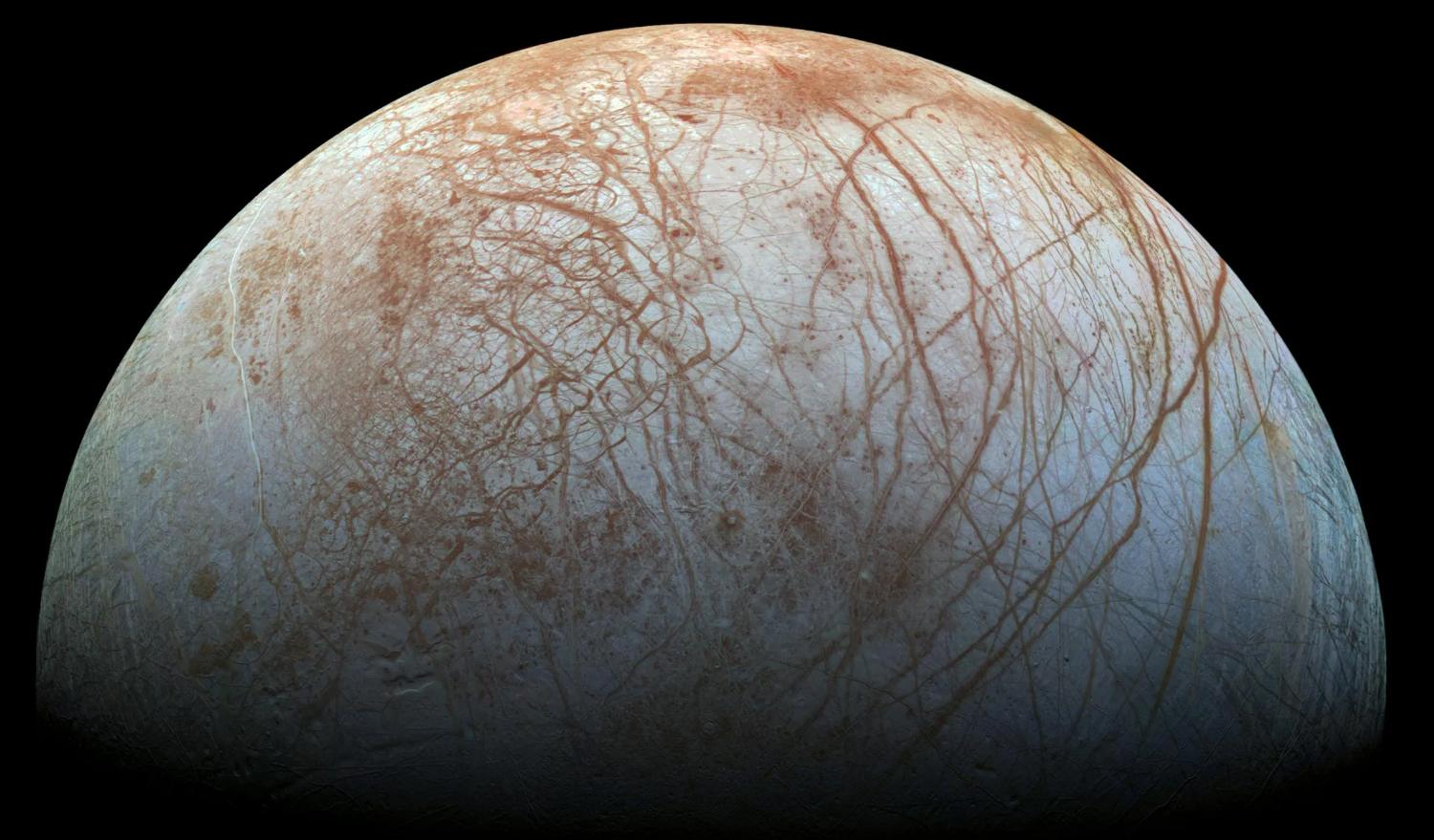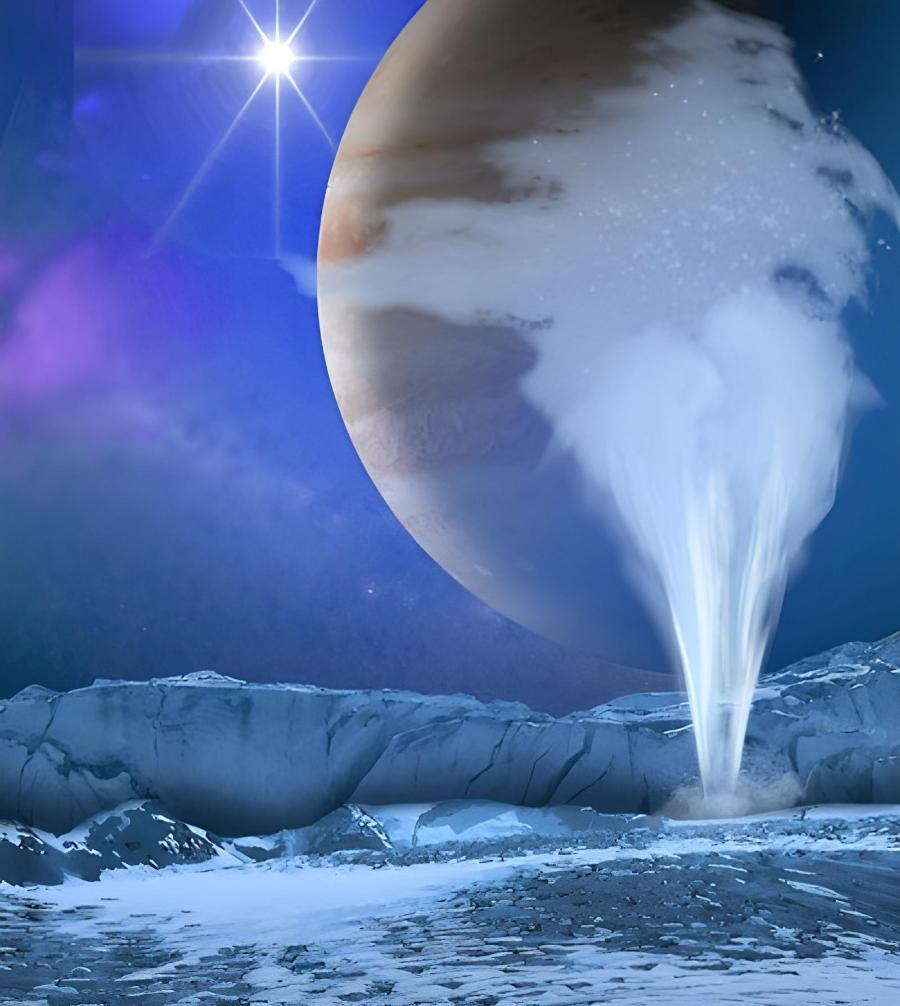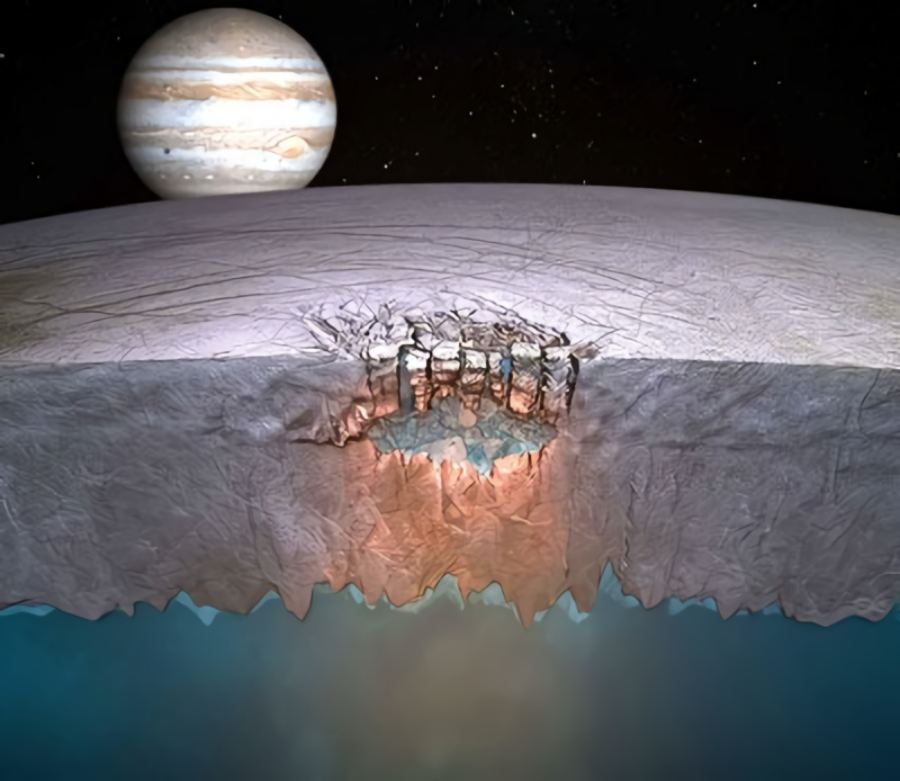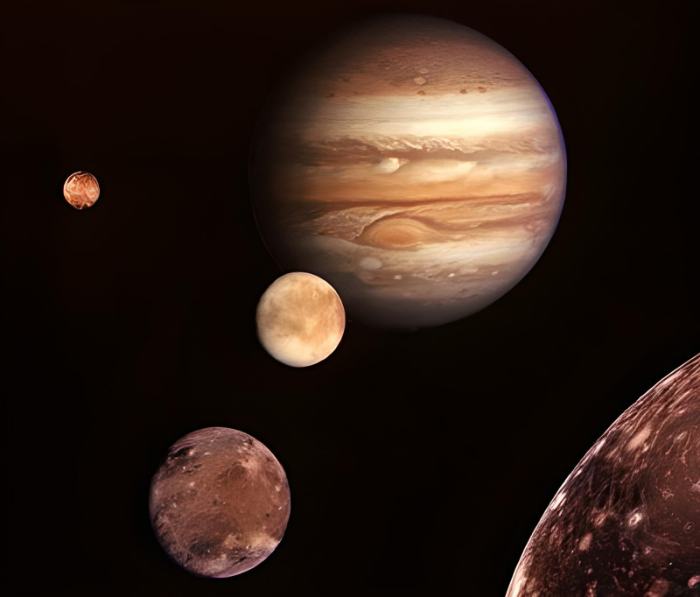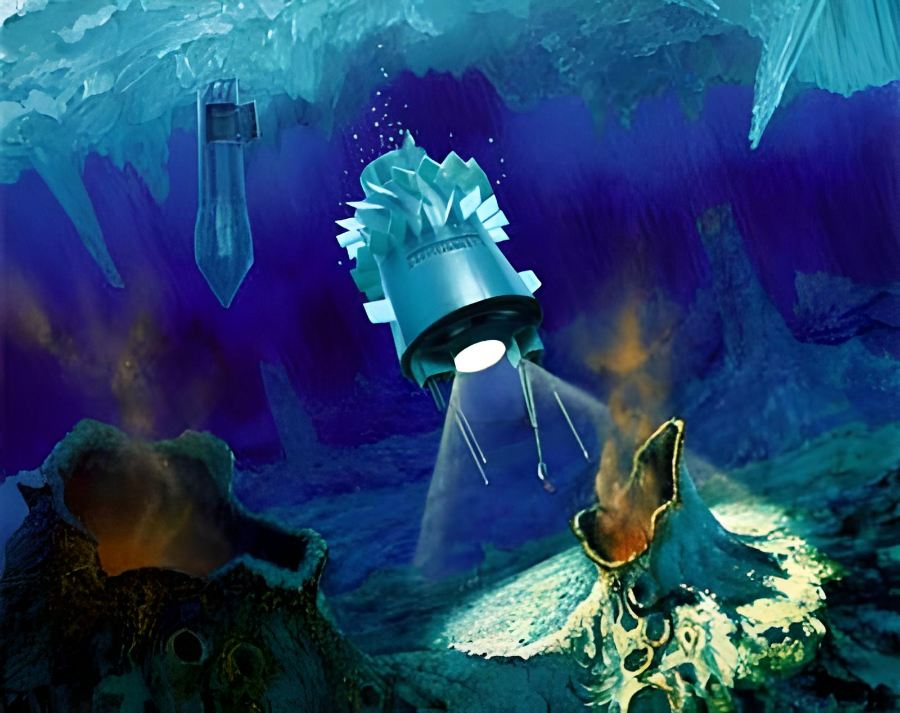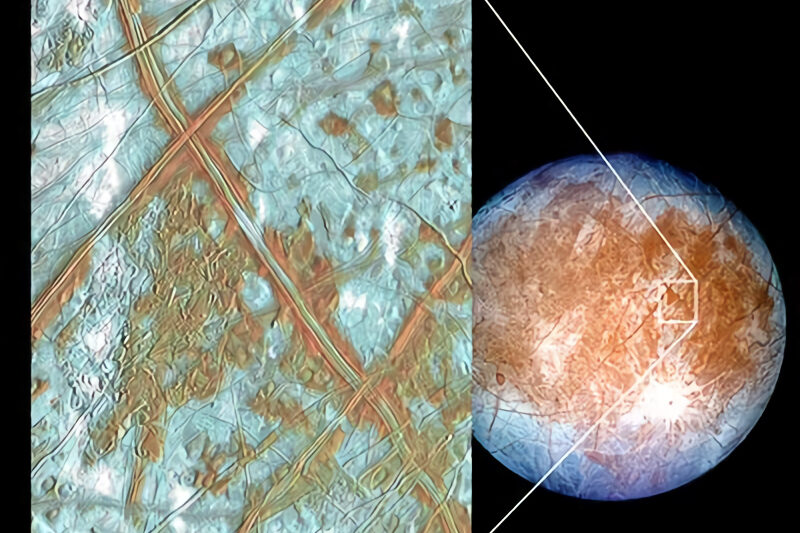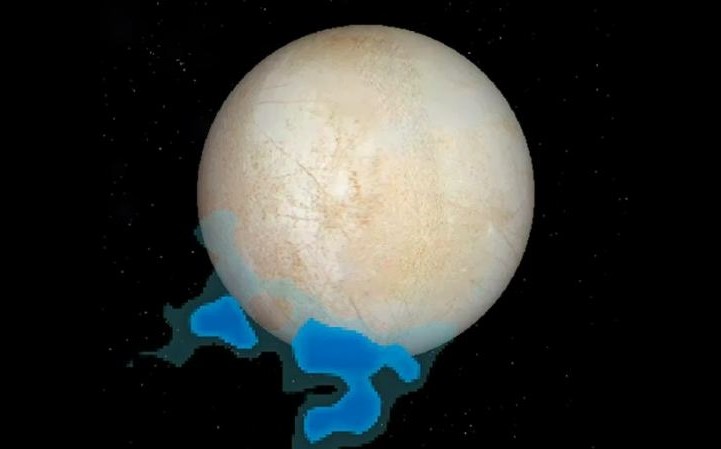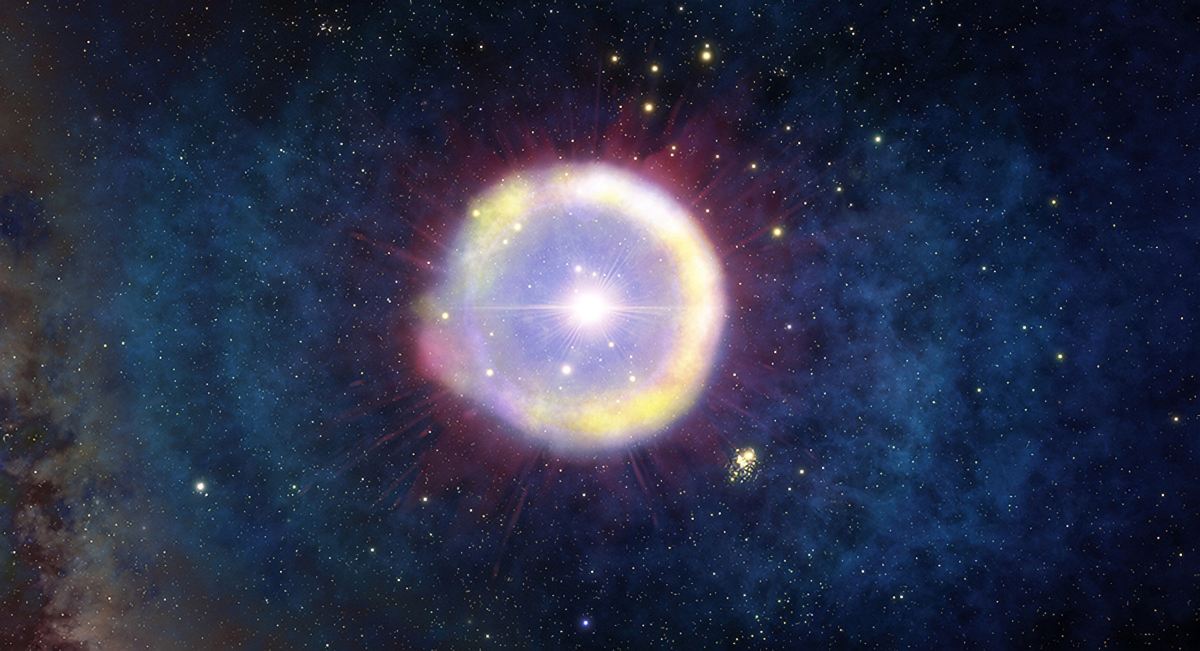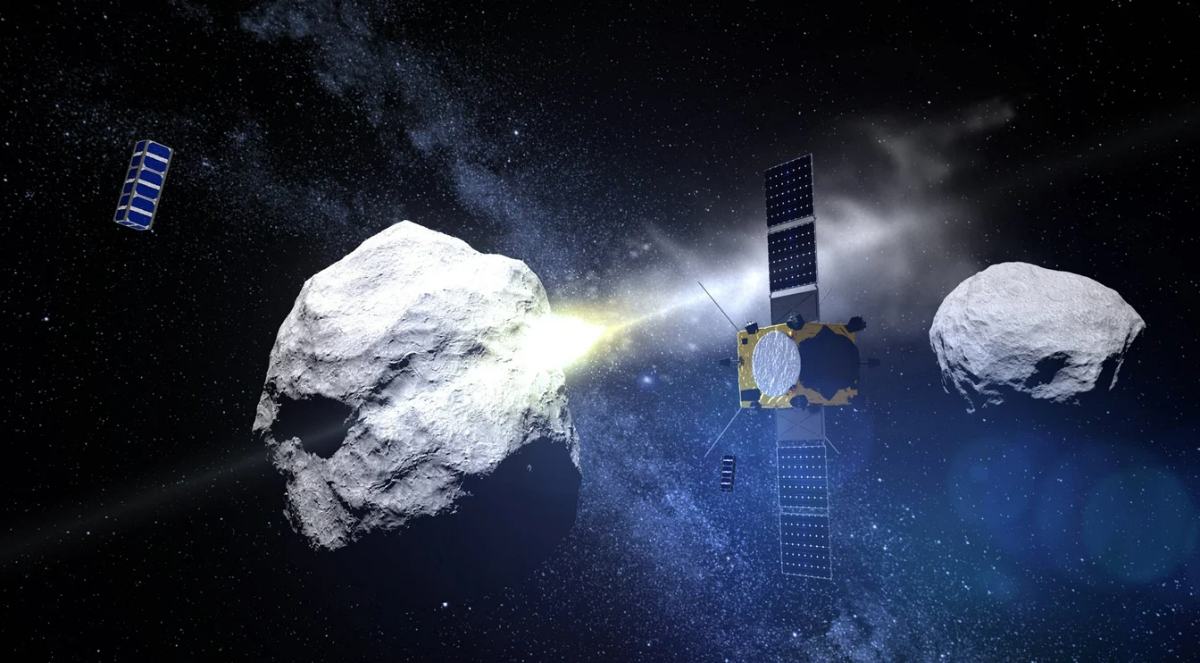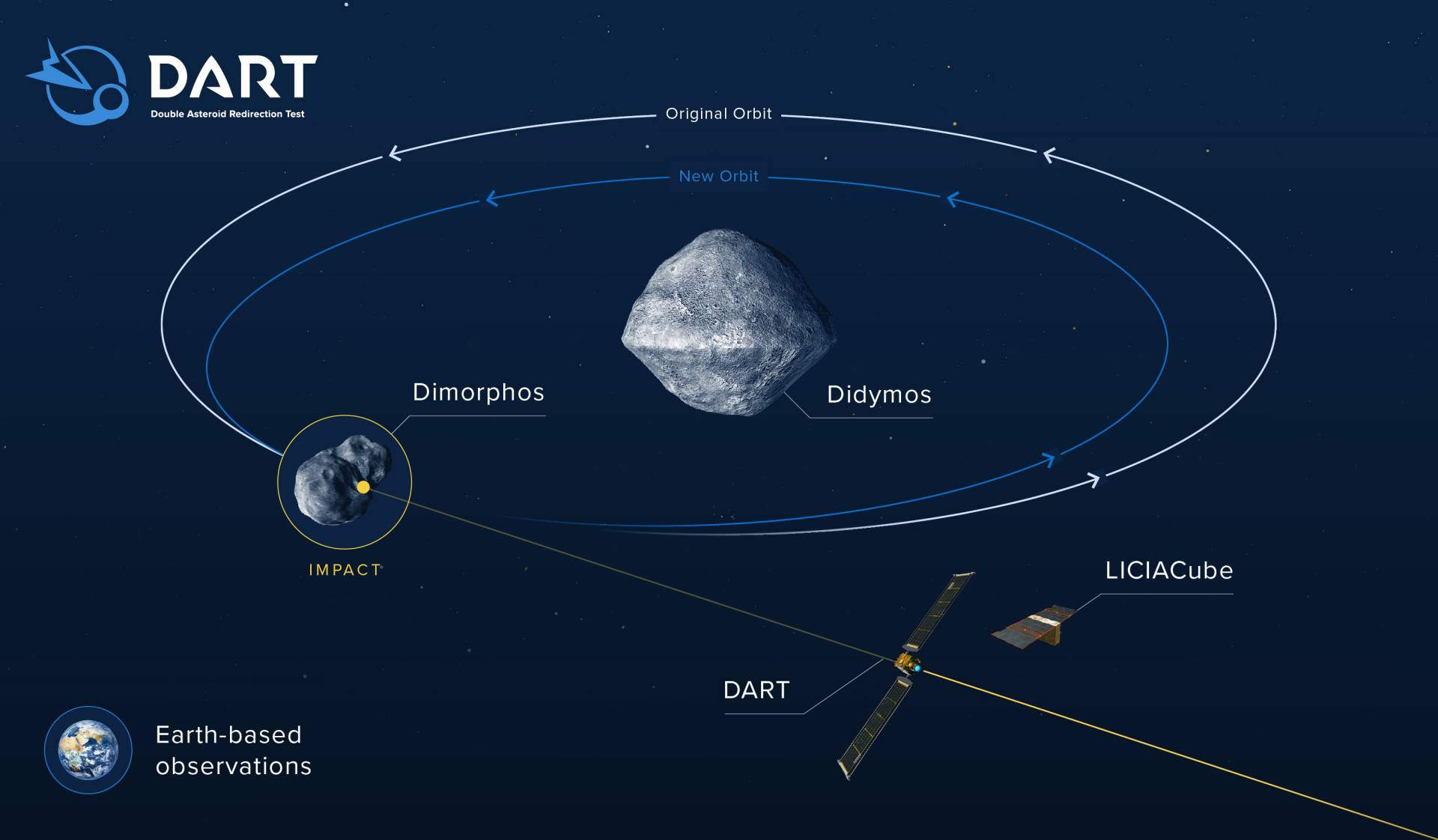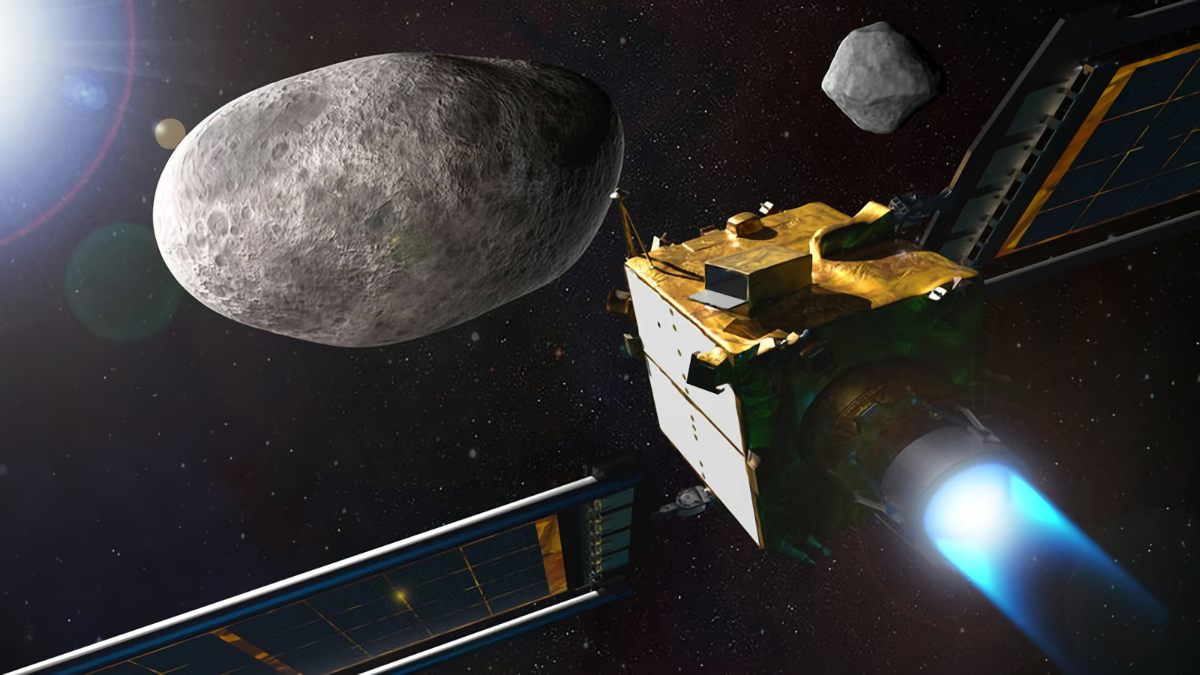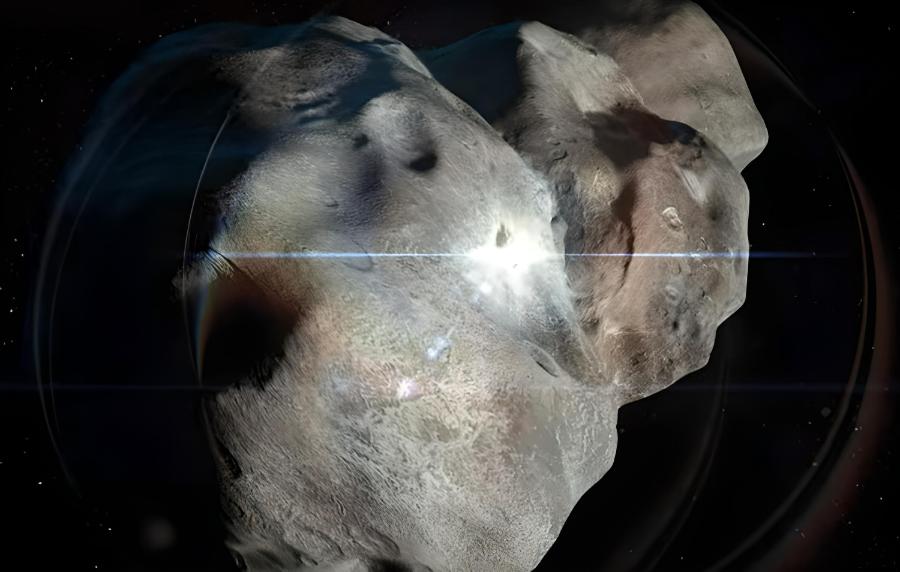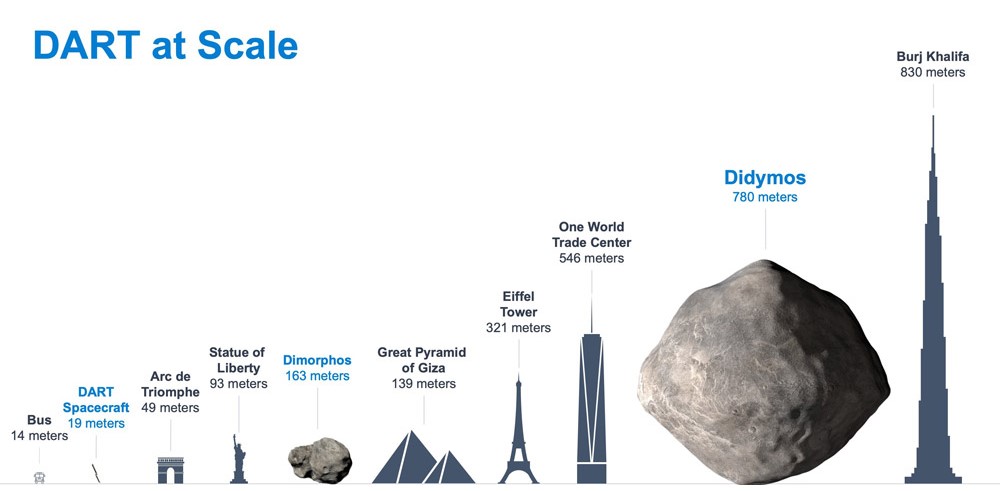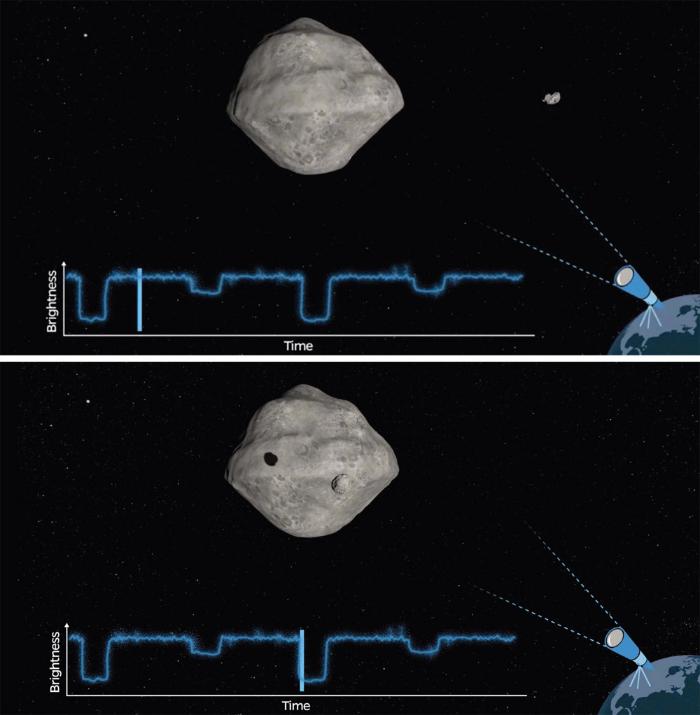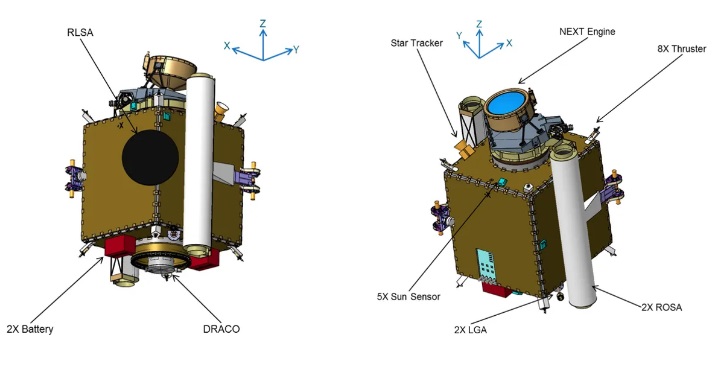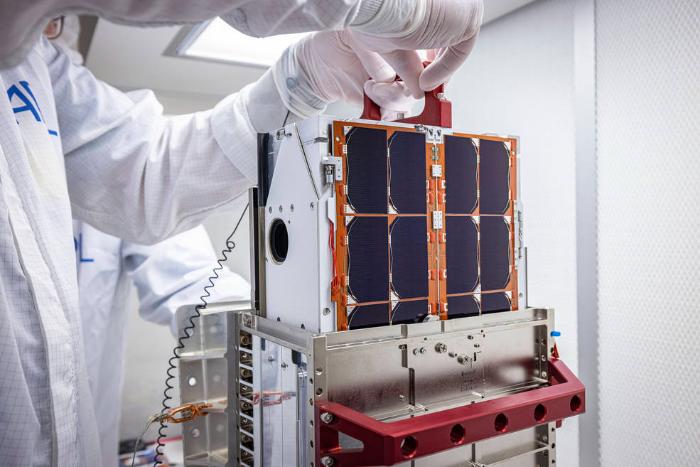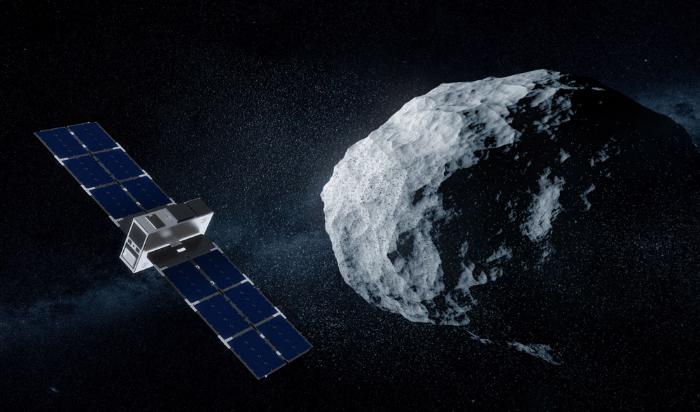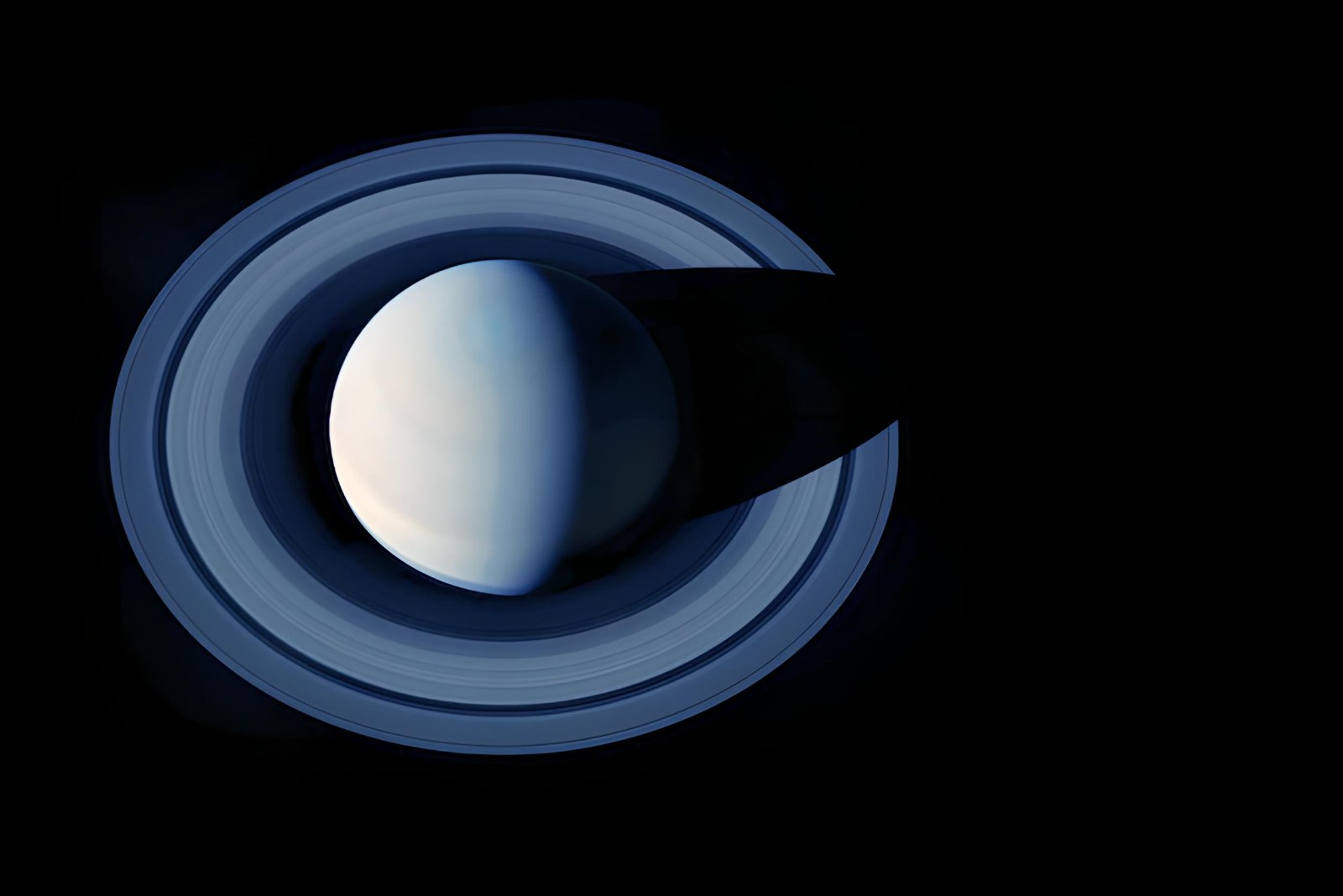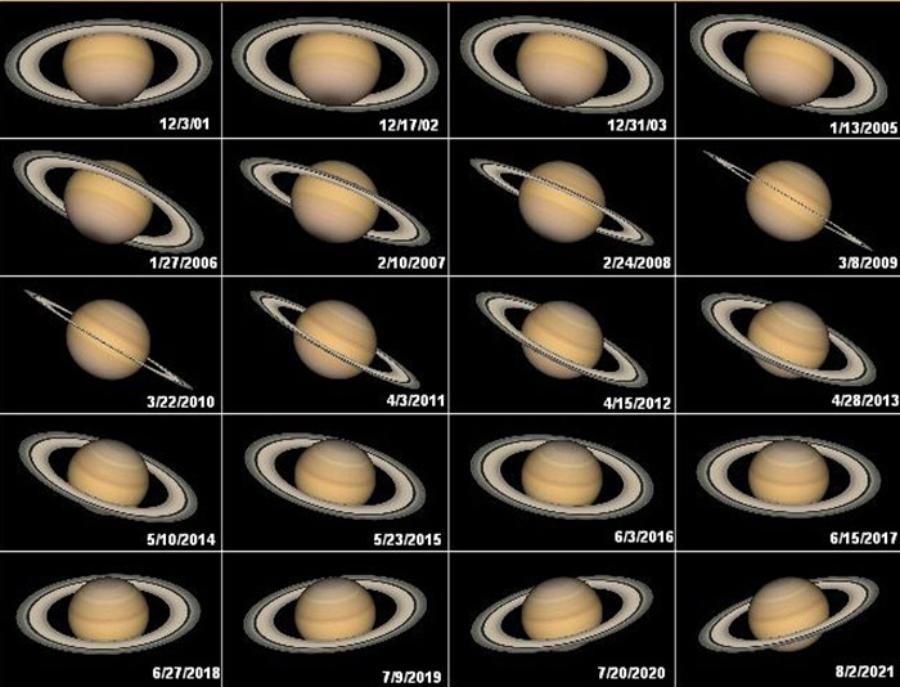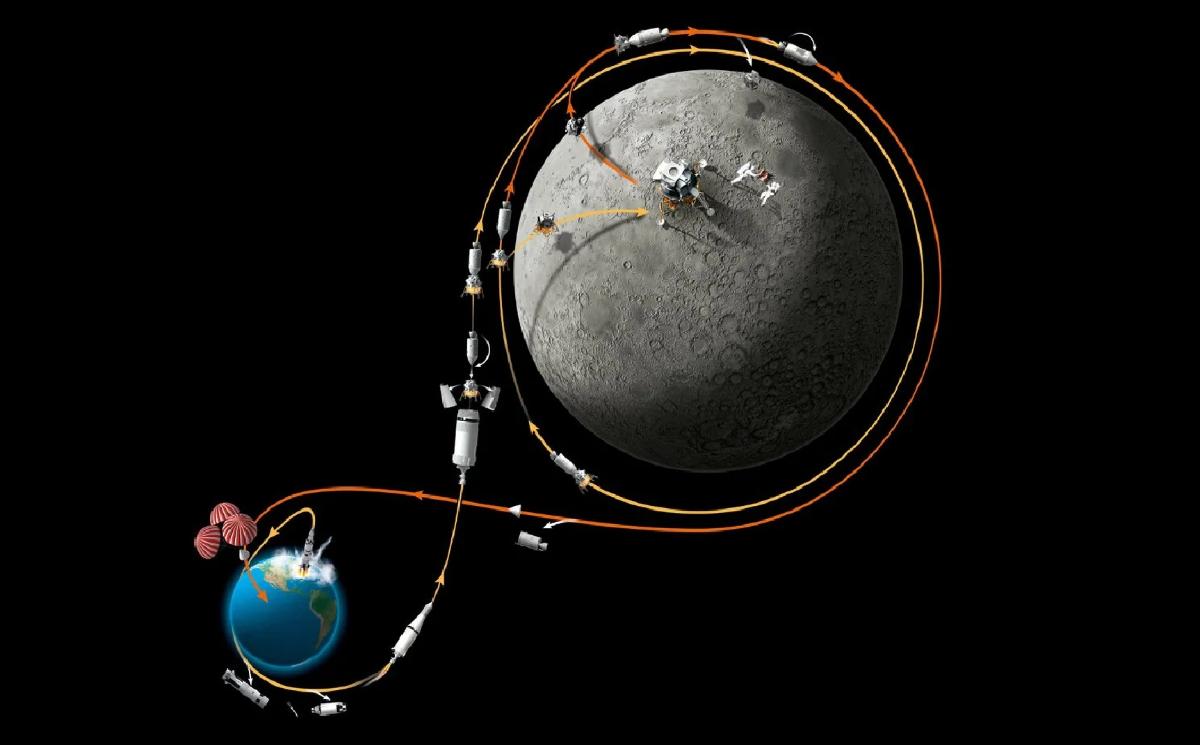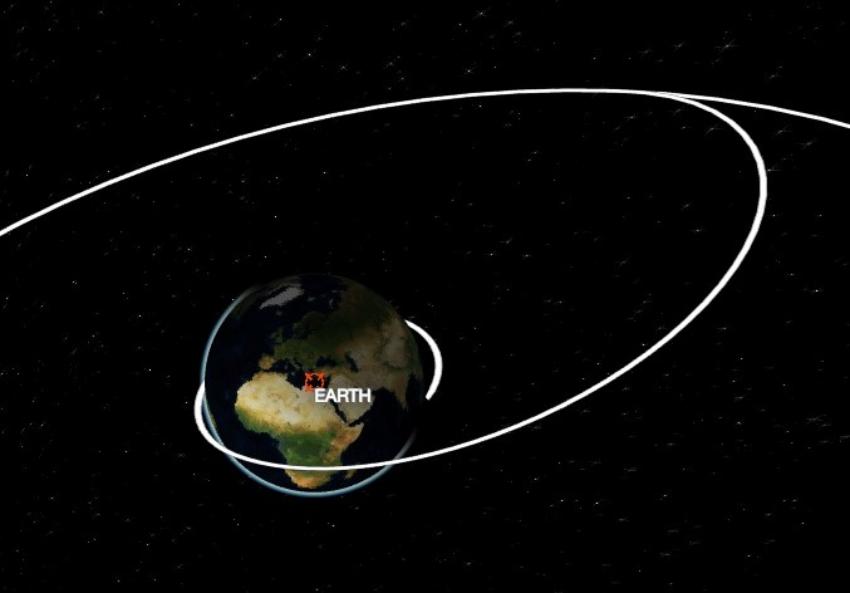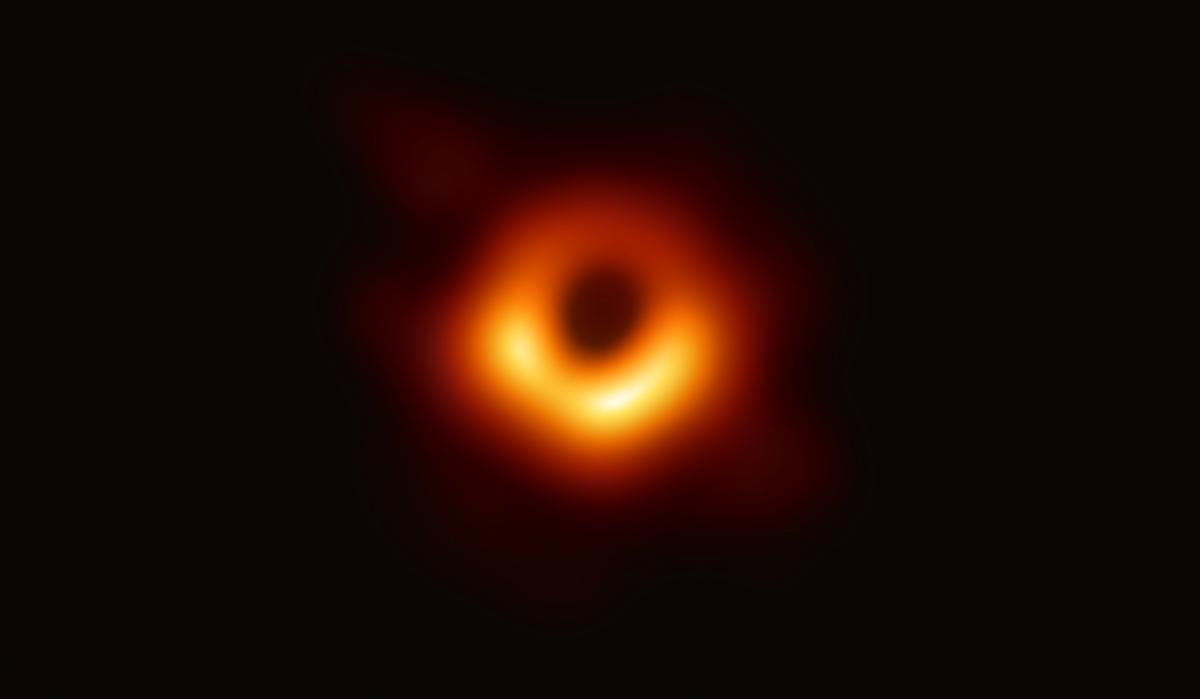50 years ago, in December 1968, mankind made history by going outside of Earth’s low orbit for the first time and reach an extraterrestrial body. The Apollo 8 crew became the first humans to orbit the Moon, allowing them to glimpse Earthrise over the lunar terrain and see the far side of our satellite for the first time. NASA began a historic and exceedingly risky mission on December 21, 1968. Astronauts left the protective confines of Earth’s orbit for the first time and explored the immensity of space. And the first Moon landing in July of 1969 was made possible by the Apollo 8 mission to the Moon.
Fifty years after its completion, the Apollo 8 mission remains a thrilling chapter in the human exploration of space.
Competition: Moon
Bankruptcies, bad luck, and unfortunate events
At first, NASA intended Apollo 8 to be a pretty routine test trip in Earth orbit, during which they would put the new lunar module through its paces. After all, this was the deciding factor in whether or not a lunar landing would be possible.
Accidents keep piling up
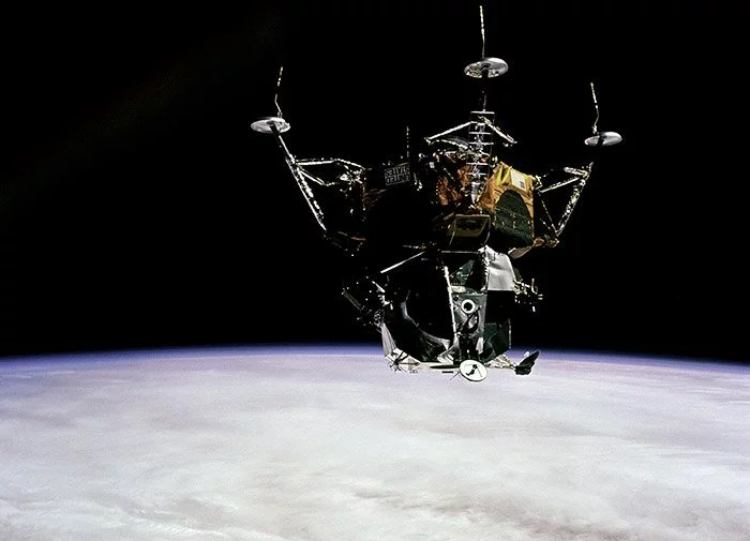
However, in the summer of 1968, everything changed. The Grumman Corporation’s design for NASA’s landing module was incomplete at first, and then problems started piling up: cables were connected improperly or caused short circuits, components were broken, and the nozzles that were meant to lift the module off the lunar surface didn’t work. In a short amount of time, it became apparent that the module would not be completed in time for the December launch of Apollo 8.
The Saturn V’s progress has been discouraging as well; it’s the only rocket capable of lifting the lunar module, the command capsule, and three astronauts into orbit. In April of 1968, during a second unmanned test, the rocket began vibrating so strongly that it ruptured several of the cables. Consequently, two of the rocket’s five engines go out prematurely, and the craft just barely reaches orbit. Then, the failure occurs during the third and final firing stage of the lunar mission. The signs for Saturn V’s human missions are not good.
Take on the Soviets in a race
U.S. space officials are also concerned that the Soviet Union is close to launching the country’s first human mission to the Moon. In September of 1968, the unmanned spacecraft Zond 5 completed its first orbit of the Moon. Soviet engineers have begun designing and testing a rocket designed for human trips called the Soyuz. There are hints that a cosmonaut may be doing a test journey toward the Moon soon.
NASA is now under significant time constraints. As far as we can tell, the Soviet Union is much ahead of the United States in the space race. They sent the first satellite into orbit with Sputnik, and cosmonaut Yuri Gargarin went into space before any American astronaut. This is a humiliating setback for the United States, which likes to see itself as the leader of the free world. Consequently, the race to the Moon must be won at whatever cost.
Is Kennedy’s programme tipping?

It is also crucial to fulfilling John F. Kennedy’s pledge. In a speech delivered in Texas in September 1962, Kennedy said that a human would walk on the Moon before the end of the decade. “We choose to go to the Moon in this decade and do the other things, not because they are easy, but because they are hard.” Since then, NASA and its subcontractors have devoted massive resources to meeting this deadline, creating space capsules, docking methods, and rockets at breakneck speed and putting them through their paces in both human and unmanned trips around Earth.
However, by the summer of 1968, the whole Apollo program was in danger of being delayed. Despite all this, would the Soviets end up being ahead of the Americans?
How Apollo 8 became a lunar mission

Time to make a decision
On this day in 1968, Apollo 9’s soon-to-be commander, Frank Borman, is in California running the ship’s Command Module through its last testing. This former Air Force pilot is no stranger to space travel; in 1965, he and James Lovell spent two weeks in a Gemini spacecraft orbiting the Earth. They plan to return to Earth orbit in early 1969 with a third guy, space rookie William Anders.
An insane scheme
The problem is that NASA officials in Houston have just canceled Borman’s scheduled trip, and he has no idea about it. Since the lunar module will not be completed in time for the December trip, a choice must be made. The Americans asked “Should we risk having the Soviets beat us to the Moon and missing Kennedy’s objective by delaying Apollo 8 and all following flights?” Or do you take an unusual risk even for the still young NASA?
As a NASA engineer, George Low has a seemingly insane plan: Apollo 8 should be launched without the landing module, bypassing Earth orbit entirely and heading straight for the Moon. The spaceship would next enter a lunar orbit and begin circling the Moon. The rationale for this is that while waiting for the lunar module, the crew could practice the required flying maneuvers. These are still simply conceptual at this point, existing solely on paper and in the thoughts of engineers. It’s also uncharted terrain for space travelers to establish contact with one another across such vast distances. A lunar orbit with Apollo 8 would offer the chance to test all this – and to beat the Soviets.
“Have you gone mad?”
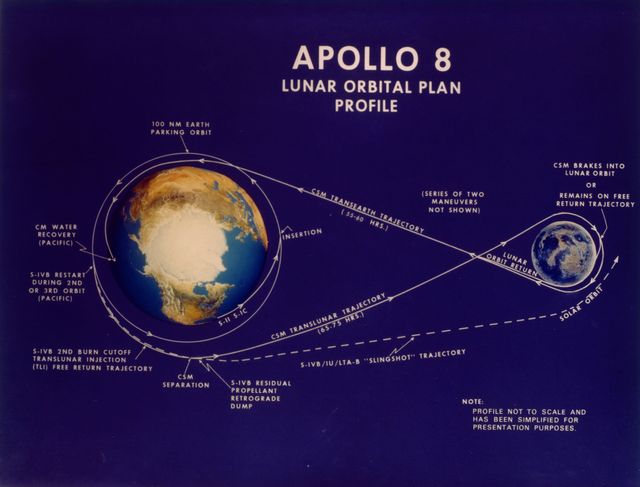
But are astronauts and technology up to the task? Low keeps NASA Director James Webb in the dark about the Apollo team’s preparations for launch by having them surreptitiously figure out the required course adjustments and maneuvers and inspect the state of the rocket and space capsules. They conclude that by December 1968, the Apollo 8 spacecraft would have had advanced enough technology to make a trip to the Moon and even a spin into lunar orbit.
Now, all that remains is to persuade NASA’s upper management to go along with this strategy. As for Low’s relationship with Thomas Paine, the deputy director, there are no major issues. James Webb, who is now in Europe for a conference, may be an exception. Those that answer Paine’s appeal are less than enthusiastic. According to Andrew Chaikin’s “A Man on the Moon,” “Webb shouted down the transatlantic telephone line: ‘Have you gone mad?’”
To be fair, Webb is not completely incorrect. The strategy makes sense and is technically possible, but it’s also very dangerous. In the event of a problem with the command module, the astronauts would be stranded in space without the Lunar Module to rescue them. And not a single Apollo module had ever been crew-tested; suddenly they were all set to go for the Moon.
This makes it official
In spite of these worries, a middle ground was found: In a news conference held on August 19, 1968, NASA revealed that the Apollo 8 mission would proceed without the lunar module and with a new crew consisting of Borman, Lovell, and Anders. It seems highly probable that the two veteran Gemini astronauts will be able to complete this challenging first voyage.
Where the flight will go, however, NASA initially leaves in the dark. After all, the Soviet Union must not be given advance notice. The first human flight of an Apollo shuttle, Apollo 7, took place in October 1968, and it was then, the mission profile of Apollo 8 was finally decided. The test flight of Apollo 7 was a success, with the Saturn 1B rocket successfully lifting the command capsule into orbit and the propulsion nozzles on the capsule working as expected.
It’s finally time for Apollo 8, the first manned mission to the Moon.
First humans to orbit Moon
Goodbye, planet Earth
It’s the morning of the Apollo 8 launch, December 21, 1968. The Saturn V rocket, assembled on Launch Pad 39A at NASA’s Kennedy Space Center, soars into the sky. This 110-meter-tall monster is the most powerful rocket ever constructed. This, however, is the day when the Saturn V is put to the ultimate test, as astronauts will be placing their lives in the rocket’s hands for the first time.
The launch

The Saturn V’s fuel tanks were refilled with liquid oxygen, kerosene, and liquid hydrogen for many hours the night before. Frank Borman, James Lovell, and William Anders, all astronauts, entered the spaceship at roughly five o’clock that morning. The astronauts must now put their faith in the rocket and the Apollo capsule’s onboard computer, both of which are quite rudimentary in comparison to what we have today.
The Saturn V’s engines start roaring to life at 7:51 a.m. local time. Even at a distance of 10 kilometers, the launch’s noise and vibrations are powerful enough to break the glass. The first combustion stage consumes 20 tons of fuel per second, or over two million liters, in only 2.5 minutes of operation as the rocket slowly, almost reluctantly, lifts off the ground.
However, the rocket’s force can only lift the space capsule 65 kilometers into the air. Then the five engines of the rocket’s second stage take over, followed by the third stage’s thrusters. The latter is what propels the Apollo spacecraft (composed of a command capsule and a service module) into low Earth orbit, at an altitude of around 190 kilometers.
Destination: the Moon
Since Apollo 7 and numerous Gemini flights have already reached Earth orbit, the three Apollo astronauts have not yet mapped out any new terrain. It takes Borman, Lovell, and Anders two orbits around the planet to double-check everything. The next step is to relight the third rocket stage, which will propel the spacecraft out of Earth’s orbit and onto the Moon.
It’s a critical time; if the burn stage’s ignition fails now, the lunar mission will be a failure, and the astronauts will stay in orbit. A mistimed or delayed ignition may throw a spaceship off track. But all goes according to plan, and two hours, 47 minutes, and 37 seconds after liftoff, the Apollo capsule is propelled by its engines and begins a steady, gradual acceleration away from the gravitational pull of Earth. The engines were turned off for the last time at 5 minutes and 18 seconds, putting Apollo 8 on a direct track to the Moon.
Approaching to the Moon
The historical moment
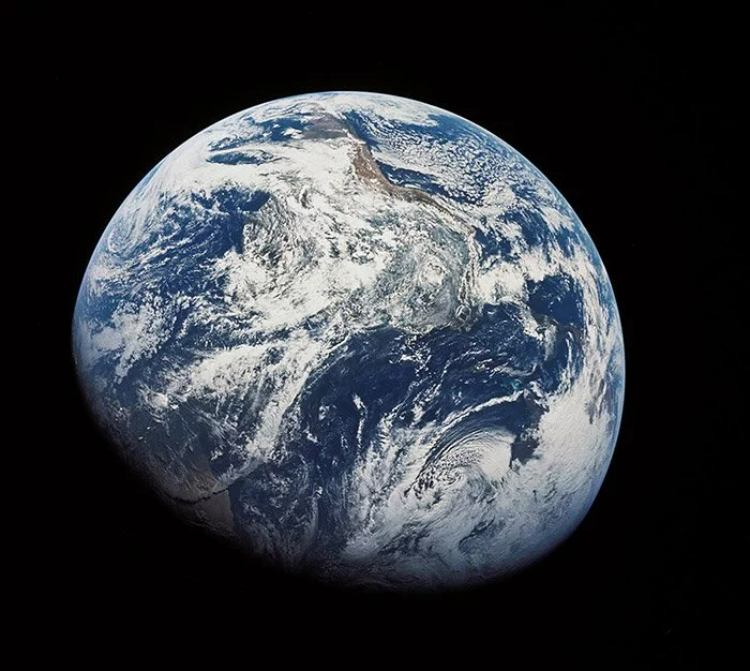
It’s a big deal: Apollo astronauts Borman, Lovell, and Anders became the first people to ever gaze upon Earth from space. As their ship speeds away from the planet, Earth becomes a tiny blue dot on the command module’s display.
In one of the first space TV broadcasts, astronauts attempt to describe this incredible scene to viewers on Earth. The clouds that float above the Earth and are described by them as white bands and swirls also seem to be the color scheme they use to represent the planet itself. Jim Lovell told Anders, “Mike, here’s what I can’t stop imagining: I’m a lone space traveler from another planet, looking down at Earth for the first time. Whether or not I would assume there were people living there.”
Drawn to the Moon by its gravity
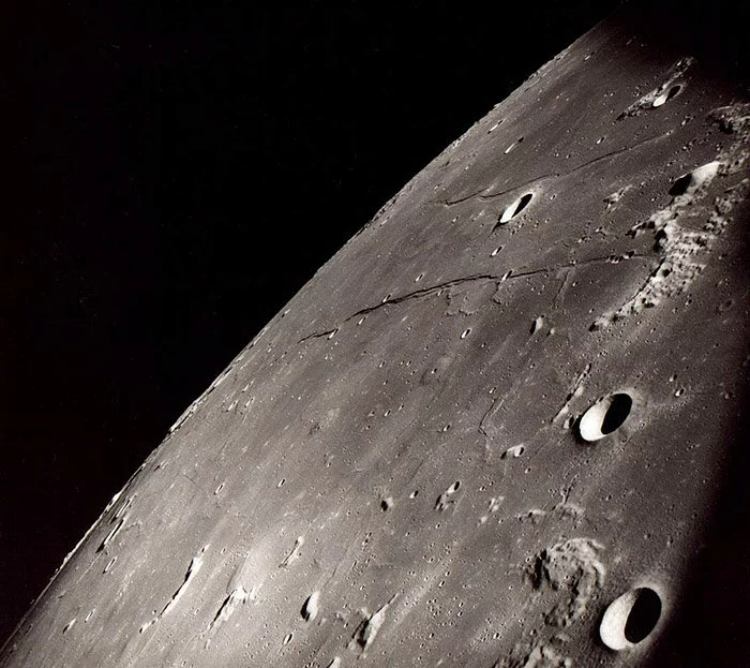
A few times later, the astronauts pass another significant milestone as their spaceship exits the gravitational pull of Earth and enters the Moon’s gravitational field. It’s the first time that humans have made it this far. At this point, 326,400 km from Earth and 62,000 km from the Moon, the astronauts, and their spaceship are being drawn toward it. Therefore, Apollo 8’s speed in flight keeps increasing.
On their way to the Moon, the astronauts won’t be able to view it since the Moon would be right in front of them and the command module’s side windows are too tiny. Since they have no way of knowing whether or not the path is true or whether or not their flight is being tracked by the ground station, they have no choice but to trust on faith alone. The United States, Canada, Mexico, Australia, and a number of ships in the Indian and Pacific Oceans all contribute to this effort.
Here, on the Moon’s dark side

The Apollo 8 crew reached the Moon early on December 24, 1968. But now they must do a tricky maneuver: they must slow down Apollo’s trajectory and swing it into lunar orbit. To slow down enough, they run the engines in reverse for around four minutes.
The challenge is that this ignition has to occur on the far side of the Moon when radio communication with Earth is down. At this point, not even NASA’s ground personnel can assist the astronauts. As an added safety measure, the spacecraft stays on the dark side of Earth’s satellite until just before the last braking maneuver. As a result, the astronauts are essentially flying blind. However, everything goes well, and Apollo 8’s engines bring its speed to slightly under 6,000 kilometers per hour. With its current velocity, the spacecraft can be captured by the Moon’s gravity and guided into orbit.
After a long and perilous journey, the three Apollo astronauts arrived…
Earthrise

Borman, Lovell, and Anders’ primary focus now that they are in lunar orbit is to observe and photographically map the lunar surface. They are the first people to observe the Moon’s dark side and the closest humans have ever been to the Moon’s surface, at a distance of around 100 kilometers.
Like gray sand on the seashore…
buy prednisone online in the best USA pharmacy https://draconatural.com/wp-content/uploads/2025/05/png/prednisone.html no prescription with fast delivery drugstore
At first, Jim Lovell tries to relay his thoughts about the lunar surface to mission control: “Almost entirely devoid of hue, the Moon is a uniform gray. It resembles plaster or slightly grey beach sand. There is a great deal of specificity in view. All of the craters are circular in shape. Numerous examples exist, including some that occurred quite recently. It seems that meteorites or other projectiles may have damaged several of them, particularly the spherical ones.”
Unfortunately, Earth’s satellite is, on the whole, a very underwhelming sight. The landscape is flat and gloomy, with no striking landmarks such as mountains or canyons. Quite differently from how Stanley Kubrick’s soon-to-be-released film, “2001: A Space Odyssey,” portrayed it.
Making of a legendary photograph
Anders peered out the window during the third orbit and beheld a scene that has never been seen before: Earth rising over the drab lunar surface, bathed in blue light. “Oh my God, look at that sight, too!” he cries. Borman, who is busily rotating the Apollo spacecraft, gasps in surprise. The Earth is rising!” exclaims Anders.
Anders quickly swaps the black-and-white film in his camera for color so he may record the majesty of the Earth as it rises. Yes, it does work. Apollo 8’s “Earthrise” remains one of the world’s most iconic photographs. Anders later reflects, “It was the most gorgeous one I had ever seen — and absolutely unexpected.” While in lunar orbit, I had a revelation: “The most fascinating part of the voyage was viewing Earth from the Moon.”
Inspirational Christmas message
In the Christmas Eve live TV broadcast the astronauts transmit to Earth, Jim Lovell gives a similar account: “It’s terrible to be so far from civilization on the Moon’s surface. A sense of gratitude for Earth and everything we have here is sparked. From this vantage point, Earth seems like a magnificent paradise in the middle of empty space.” In the minutes that follow, the astronauts elaborate more on their first reactions to the lunar surface and the way that sunlight and shadows interact with the otherwise featureless landscape.
The three men on board the Apollo spacecraft then begin the ritualistic end to their live broadcast as they near the day-night limit of Earth’s satellite “The Moon dawn is rapidly coming. Finally, the Apollo 8 crew would want to relay a message to everyone back on Earth,” Anders says. Then he jumps into the opening of the biblical account of creation: “God created the universe and everything in it in the beginning. And all the land was barren and empty, and there was night over all the oceans. When God commanded, “Let there be light,” the Holy Spirit dove into the ocean. And finally, the Sun came out. Then God decided the light was good and built a barrier between it and the darkness.”
The reading from the account of creation is then continued by Lovell and Borman. And from the crew of Apollo 8: “We finish now with a good night, good luck, Merry Christmas, and God bless you all — all of you on the good Earth,” Borman says at the end of the 29-minute transmission. From the orbit of an extraterrestrial celestial body, a billion people across the planet may see and hear this Christmas greeting.
Let’s go down to Earth
Tension-filled seconds after the Moon
The crew of Apollo 8 gets ready to return to Earth while the rest of humanity sleeps in on Christmas Day, 1968. As the spacecraft completes its tenth and last lunar orbit, another critical maneuver—the spacecraft’s acceleration—is quickly approaching.
As we bid farewell to Earth’s satellite
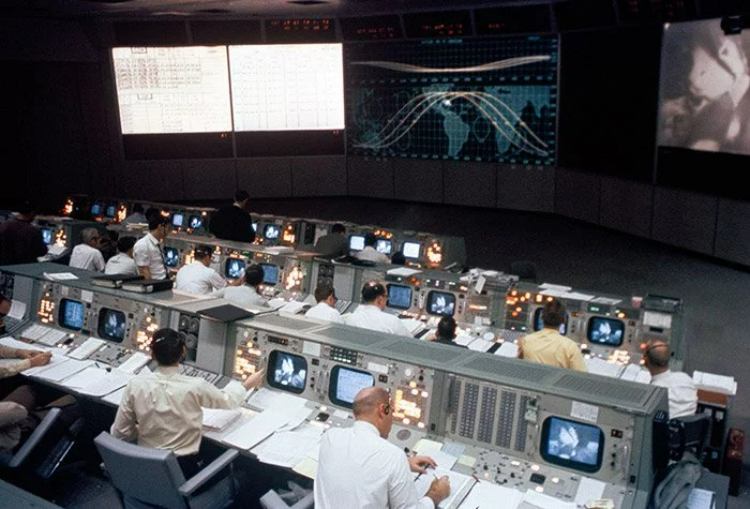
This move must likewise be carried out on the far side of the Moon, away from Earth, leaving Borman, Lovell, and Anders to fend for themselves once again. Apollo 8’s engines fired just after midnight on December 25. After roughly three minutes, the spacecraft had gained enough speed to break free of the Moon’s gravitational influence.
Meanwhile, down at NASA’s Houston control center, everyone is on edge as they wait for Apollo’s first sign of life after the radio silence. In order for Apollo 8 to successfully return to Earth, radio contact must be established at the precise moment planned in advance.
And it works: Lovell, to the delight of the ground crew, declares, “This is Apollo 8 calling Houston. Bear in mind, there is a Santa Claus.”
Re-entry

No big problems arise on the trip back to Earth.
After departing lunar orbit, the astronauts return to Earth’s protective zone eleven hours later. Their ship is suddenly being drawn to Earth at a frantic rate. The crew and spacecraft won’t face their next challenge until they re-enter Earth’s atmosphere.
The Apollo astronauts had already jettisoned the service module, at a distance of fewer than 3,000 kilometers from Earth’s surface, not long before. The control capsule is the only one still heading home. If the capsule malfunctions and crashes into Earth’s atmosphere, for example, all three astronauts would be killed. The oxygen and power in the capsule will run out just before the touchdown.
The Apollo spacecraft slows down as it hits the gas shell of Earth’s upper atmosphere at a height of 122 kilometers. When the capsule’s heat shield reaches 2,800 degrees Fahrenheit, it generates an ionized plasma. From outside, the astronauts notice a dazzling light that they initially think to be dawn.
Apollo 8 lands back on Earth
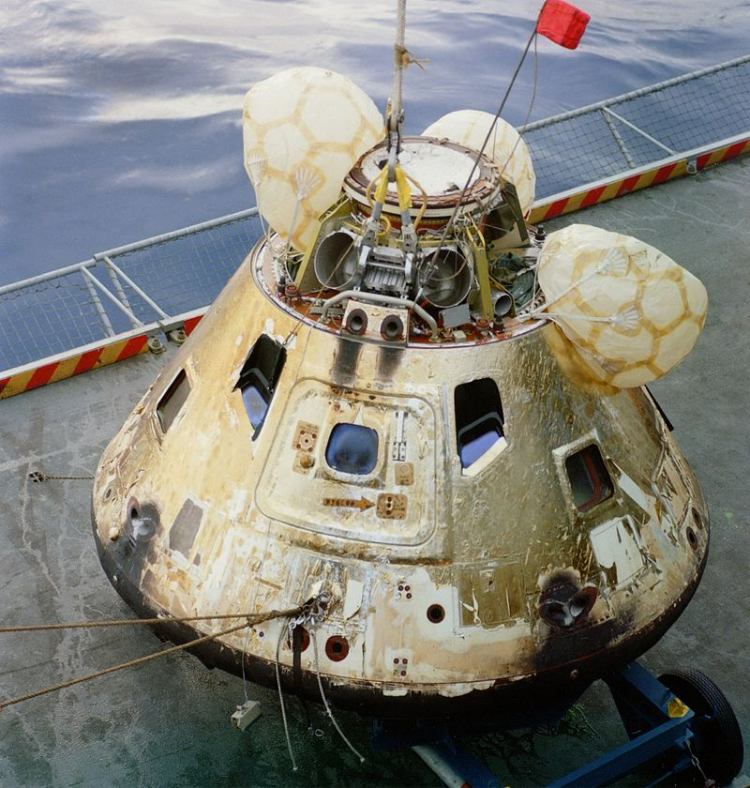
Forces of up to six grams are exerted on Borman, Lovell, and Anders as the Apollo spacecraft flies through the atmosphere, its bright heat shield illuminating the night sky. They say that after almost a week in zero gravity, they feel like an elephant is resting on their chest.
Fortunately, this stress doesn’t endure forever; the braking parachutes deploy and the capsule slows to subsonic speeds before long. Once the final few kilometers are reached, the Apollo spacecraft touches down on the ocean’s surface.
As of 5:51 a.m. EST on December 27 (13:51 GMT), the Apollo astronauts have safely returned to Earth. Their spacecraft crashes into the Pacific Ocean, but it is upside down when it first makes contact with the water. The three of them are being thrashed about by the powerful surf while hanging upside down in their harnesses. However, the capsule righted itself after a few minutes, and the hatch was opened by American combat swimmers. The three Moon explorers return to Earth and take their first deep breaths of sea air after a week of breathing “canned air.”
What Apollo 8 left behind
The Apollo 8 crew not only became the first humans to reach the Moon but also changed the course of space travel forever. Approximately six months after their mission, Apollo 11 successfully landed on the Moon for the first time. The path paved by Borman, Lovell, and Anders was eventually followed by Neil Armstrong, Buzz Aldrin, and Michael Collins. The three men on Apollo 8 captured the first photographs of the lunar surface from such a close range. Therefore, NASA was able to choose an appropriate landing location for Apollo 11.
Apollo 8 was an important stride for humanity since it was the first time humans ventured into deep space, even though it is generally eclipsed and replaced by Apollo 11 nowadays. In addition, the first lunar landing in July 1969 would not have been feasible without Apollo 8.
